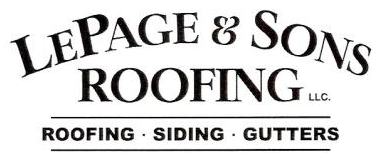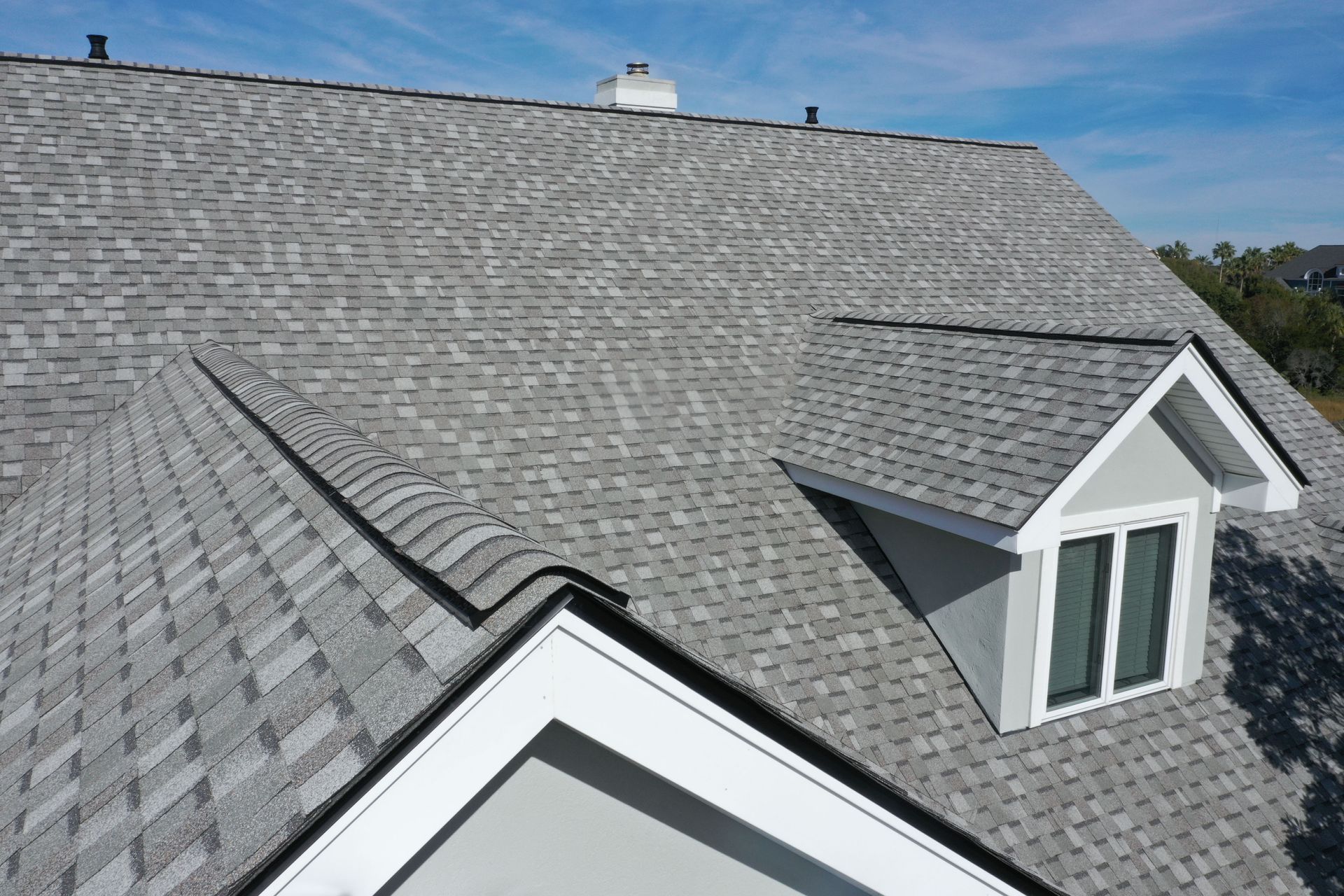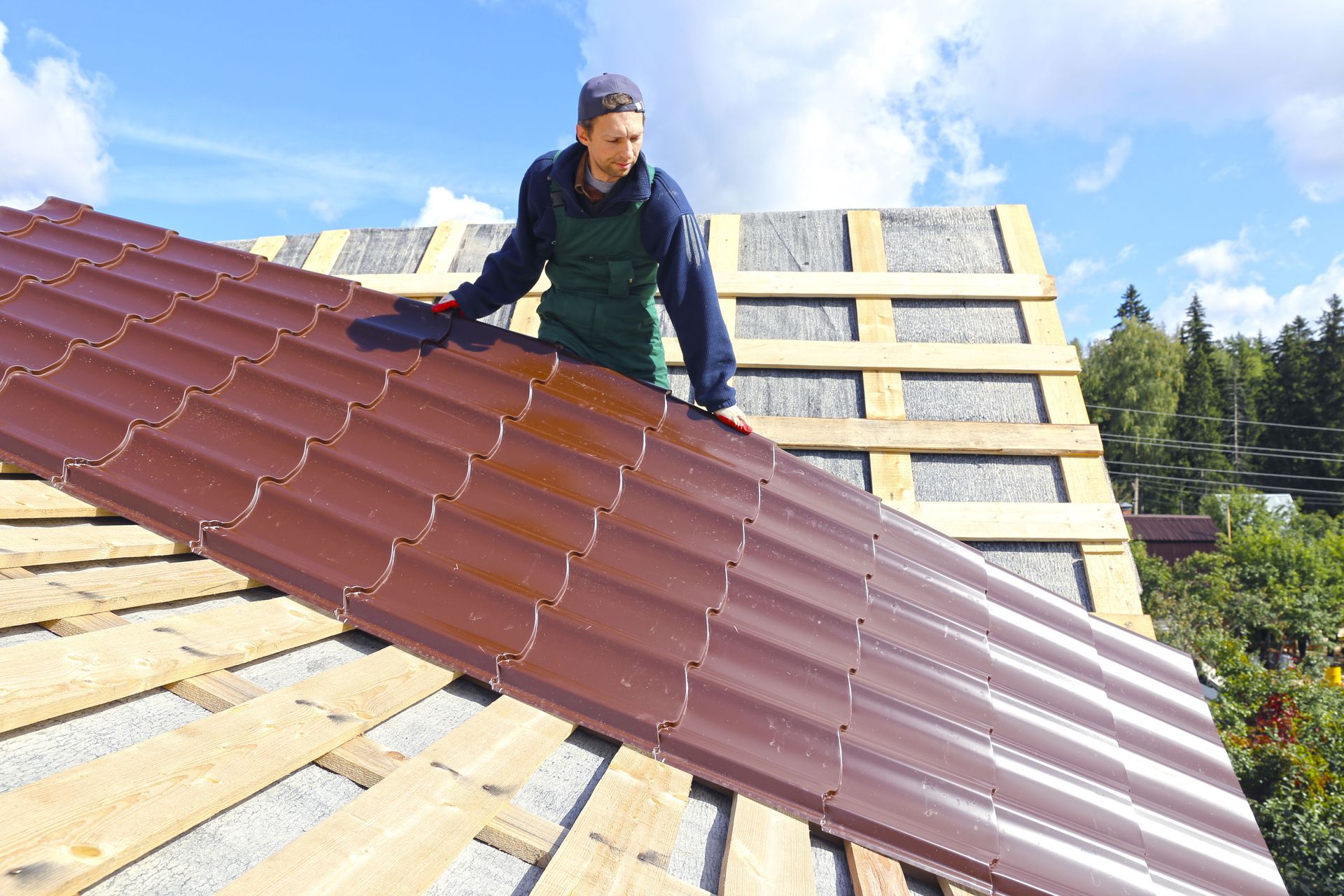Why America’s Roofing Industry Is Climbing to New Heights
Roofing solutions are increasingly recognized as more than mere protective structures—they are now integral to a building’s architectural appeal, energy efficiency, and environmental responsibility. From durable materials to smart technologies and sustainable designs, roofs are becoming multifunctional assets that enhance both home performance and value. According to Zillow, installing a solar roof can boost a home's value by approximately 4.1% on average in the U.S., highlighting the growing importance of energy-conscious roofing choices. Residential roofing companies are at the forefront of offering these innovative options to homeowners. This article explores the key forces shaping the industry and considers the future opportunities and challenges that roofing professionals and homeowners will face.
Technological Innovations in Roofing
Advancements in Roofing Materials
Recent years have seen significant strides in the materials used for roofing solutions. Traditional asphalt shingles are now being supplemented with more durable and sustainable options, like metal, composite, and green roofing materials. These advancements contribute not only to longevity but also to the energy efficiency and aesthetic appeal of modern buildings. The use of reflective roofing materials, for instance, helps in reducing cooling costs, which is becoming a critical consideration for consumers. Innovations in materials are fundamentally reshaping the industry landscape, making roofs more than just a protective layer. Many residential roofing companies are now specializing in these advanced materials to meet consumer demands.
Integration of Smart Roofing Technologies
The integration of smart technology into roofing is another promising advancement that is transforming the industry. From solar panels that harness energy to thermal and acoustic insulation systems, roofs are becoming more multifunctional. Technology like drones and AI-driven solutions for roof inspections and maintenance is further optimizing and streamlining operations. These innovations allow for precise, timely, and cost-effective management, enhancing both the lifespan and the functionality of roofing systems. With smart roofing technology increasingly available, consumers can foresee a future where their homes respond intelligently to environmental and structural needs. Residential roofing companies are increasingly adopting these technologies to provide state-of-the-art solutions.
Development of Innovative Roofing Designs
Consumer preference is shifting towards roofs that complement the architectural identity of homes. Innovative roofing designs that accommodate both aesthetic appeal and functional need are gaining rapid consumer approval. With the rise of biophilic architecture, green roofs featuring vegetation are not only aesthetically pleasing but also contribute to environmental sustainability. Various designs focus on enhancing light, ventilation, or even rainwater collection, making these roofs versatile parts of modern architectural plans. As design preferences evolve, roofing solutions are adapting to provide homes with vibrant, vivid living tops, thus elevating property values and visual appeal simultaneously. Residential roofing companies are increasingly offering custom design solutions to meet these evolving preferences.
Economic Factors Driving Growth
Increase in Construction Investments
The American roofing industry is being buoyed by heightened construction investments across the nation. With urban development projects on the rise, there is a greater demand for contemporary roofing solutions that complement new structural designs. Infrastructure rejuvenation funded by governmental and private entities ensures a thriving environment for the roofing sector. As investments continue to pour into large-scale constructions like skyscrapers, industrial complexes, and residential developments, the demand for advanced roofing technologies and materials escalates correspondingly. This boost in construction projects directly correlates with the upward trajectory of roofing demands. Residential roofing companies are benefiting from this surge by expanding their offerings and capabilities.
Real Estate Market Influence on Roofing Demand
The real estate market dynamics play a pivotal role in shaping the demand for roofs. With an improving housing market and increasing property values, property owners are more inclined to invest in robust, technologically advanced roofing solutions. High real estate turnover has led to renovations and new builds, fostering a healthy demand for quality roofing. The value enhancement that modern roofs provide, in terms of both aesthetics and functionality, incentivizes homeowners and investors alike. Residential roofing companies often provide expert guidance to homeowners on which roofing solutions will maximize property value.
Regulatory and Environmental Considerations
Impact of Environmental Regulations on Roofing
The roofing industry is significantly influenced by environmental laws aimed at fostering sustainable practices. Regulations mandating the reduction of emissions and the adoption of energy-efficient solutions are shaping industry norms. Such environmental requirements have led to the proliferation of innovative roofing materials and technologies that meet stringent standards. Compliance with these regulations not only aligns with national climate goals but also improves roof performance and lifespan. As these legal frameworks continue to evolve, they drive roofing companies to innovate and offer products that contribute to environmental sustainability. Many residential roofing companies now specialize in environmentally friendly roofing solutions to meet these regulatory demands.
Importance of Building Codes and Standards
Updated building codes and standards are critical in shaping how roofs are constructed and maintained. As codes evolve to prioritize safety, durability, and efficiency, they demand that roofing solutions adhere to higher benchmarks. These codes influence the selection of materials and the methods of installation, ensuring that roofing projects are resilient and environmentally conscious. By aligning with these standards, the roofing industry not only fortifies the safety of buildings but also enhances the quality and sustainability of roofs. These codes are not only regulatory but also provide a framework within which the industry can innovate and improve.
Role of Post-Disaster Rebuilding Initiatives
Natural disasters have ushered in rebuilding initiatives that significantly affect the roofing industry. After disasters such as hurricanes and tornadoes, the focus shifts to creating resilient and disaster-proof structures. This emphasis on resilience drives the demand for innovative roofing solutions that can withstand extreme weather conditions. Government and community initiatives that invest in rebuilding projects offer substantial opportunities for the roofing sector to expand its market reach. These initiatives also bring forth the need for sustainable roofing systems that contribute to long-term resilience and recovery efforts. Residential roofing companies are often called upon in post-disaster projects to restore homes safely and efficiently.
Consumer Preferences and Trends
Rising Demand for Customized Roofing Solutions
There is a notable increase in demand for customized roofing solutions that cater to unique consumer needs and preferences. Homeowners are seeking personalized roofing styles that complement the architectural aesthetics of their homes while fulfilling functional requirements. This trend towards customization includes choices of materials, colors, and designs that align with personal tastes and lifestyle requirements. Customized roofing solutions allow property owners to express individuality while enhancing property value and curb appeal. The roofing industry is adapting by offering a wide array of design and material options, thus broadening their customer base. Residential roofing companies are increasingly providing bespoke options to meet these expectations.
Enhancing Home Aesthetics and Value
Roofing choices are increasingly being viewed as critical to enhancing a home's aesthetic appeal and market value. As homeowners become more design-conscious, the selection of roofing styles becomes integral to the property's overall aesthetic identity. Attractive and functional roofing solutions not only beautify homes but also add significant value, appealing to prospective buyers and investors. This emphasis on aesthetics and value is driving consumers to invest in premium roofing options that offer both durability and visual appeal. Consequently, the roofing industry is witnessing a surge in demand for high-end, aesthetically pleasing designs.
Preference for Low-Maintenance Roofing Solutions
Modern consumers are gravitating towards low-maintenance roofing solutions that offer convenience and longevity. These roofing systems significantly reduce the need for repairs and the extent of regular maintenance, providing economic and practical benefits to homeowners.
The U.S. roofing industry is clearly evolving at a rapid pace, driven by technological innovations, economic growth, regulatory shifts, and changing consumer preferences. From smart materials and energy-efficient designs to low-maintenance and customized solutions, modern roofs are no longer just protective coverings—they are integral to a home's value, aesthetic, and sustainability. To navigate this dynamic landscape and ensure your roofing needs are met with expertise and quality, trust LePage and Sons Roofing, one of the leading residential roofing companies, to deliver professional, reliable, and innovative solutions for your home or business. Contact us today to schedule a consultation and elevate the performance and appearance of your roof.



Share On: